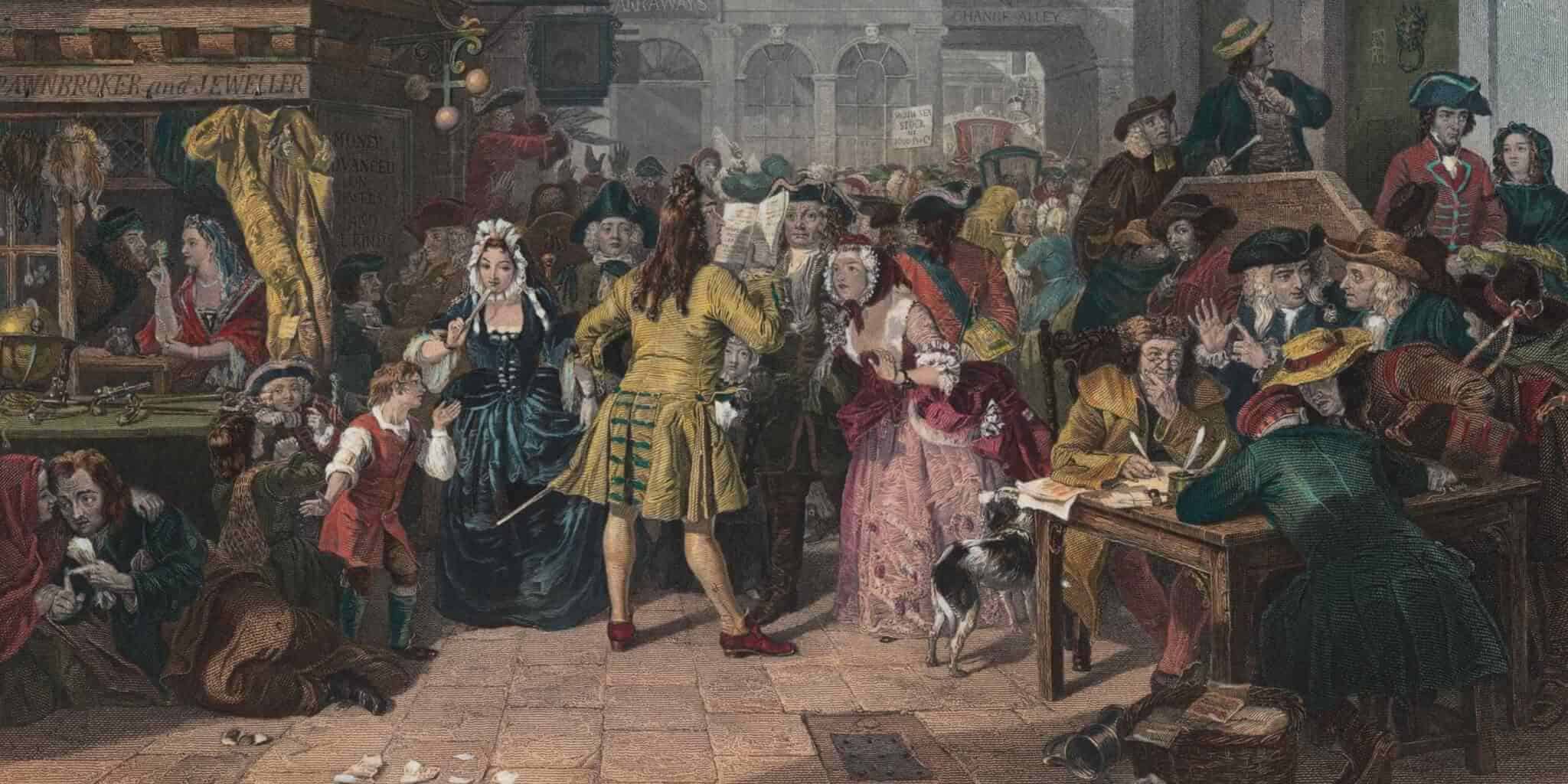
The landscape of modern commerce is fundamentally shaped by a legal construct known as the corporation. This entity, defined by its capacity to act as a single unit, has evolved significantly over centuries, becoming a cornerstone of economic activity globally. Its distinct legal personality offers unique advantages, particularly limited liability, which has profoundly influenced business development.
At its core, a corporation, or body corporate, is an individual or a group of people, such as an association or company, that has been authorized by the state to act as a single entity. It is a legal person recognized by private and public law, born out of statute, and capable of performing legal acts through representatives. Early corporate entities were established by charter, but most jurisdictions now facilitate their creation through registration.
:max_bytes(150000):strip_icc()/businessmen-working-on-digital-tablet-825082464-69046ba361cd474aada9e462bf077b45.jpg)
Corporations are broadly categorized by whether they can issue stock and whether they are formed to make a profit. Stock corporations, which issue shares, are owned by shareholders whose liability is typically limited to their investment. Conversely, non-stock corporations do not issue shares; their owners are individuals or entities who have obtained membership in the corporation. Entities also differentiate between for-profit and not-for-profit designations based on their primary objective.
The history of the corporation traces back to ancient civilizations. The word “corporation” itself derives from “corpus,” the Latin word for body, or a “body of people.” By the time of Justinian’s reign (527–565 AD), Roman law recognized various corporate entities under names like Universitas, corpus, or collegium. Following the passage of the Lex Julia during Julius Caesar’s time, and reaffirmed under Caesar Augustus, collegia required the approval of the Roman Senate or the Emperor to be authorized as legal bodies.

These Roman entities included the state itself (the Populus Romanus), municipalities, and private associations such as religious cult sponsors, burial clubs, political groups, and guilds of craftsmen or traders. Such bodies commonly possessed the right to own property, make contracts, receive gifts and legacies, sue and be sued, and generally perform legal acts through their representatives. Private associations were granted designated privileges and liberties by the emperor.
The concept of the corporation saw a revival in the Middle Ages with the recovery and annotation of Justinian’s Corpus Juris Civilis by glossators and commentators between the 11th and 14th centuries. Italian jurists like Bartolus de Saxoferrato and Baldus de Ubaldis were particularly influential, with Baldus de Ubaldis connecting the corporation to the metaphor of the body politic to describe the state. Early entities like the collegium of ancient Rome and the sreni of the Maurya Empire in ancient India also carried on business and were subjects of legal rights.

During medieval Europe, churches became incorporated, as did local governments such as the City of London Corporation. The primary advantage of incorporation was its perpetuity, allowing the entity to survive beyond the lives of any particular member. The Stora Kopparberg mining community in Falun, Sweden, is alleged to be the world’s oldest commercial corporation, having obtained a charter from King Magnus Eriksson in 1347.
The mercantilist era of the 17th century marked a significant period for chartered companies. Dutch and English entities, notably the Dutch East India Company (VOC) and the Hudson’s Bay Company, were established to spearhead European colonial ventures. Acting under a charter sanctioned by the Dutch government, the VOC gained a monopoly in the Moluccan Islands to profit from spice demand, and its investors were explicitly granted limited liability in the company’s royal charter, trading shares on the Amsterdam Stock Exchange.

In England, the government granted monopolies over specific territories to corporations formed under a royal charter or an Act of Parliament. The English East India Company, established in 1600, received the exclusive right to trade with all countries east of the Cape of Good Hope from Queen Elizabeth I. These corporations often operated on the government’s behalf, generating revenue from overseas exploits and becoming increasingly integrated with military and colonial policy, largely dependent on the Royal Navy’s control of trade routes.
The English East India Company became a symbol of the corporation’s immense potential, demonstrating both dazzling wealth and new, often brutal and exploitative, business methods. Granted a 15-year monopoly on trade to and from the East Indies and Africa on December 31, 1600, its shareholders were earning returns of almost 150 percent by 1711. Subsequent stock offerings, raising £418,000 in 1713–1716 and £1.6 million in 1717–1722, underscored its profitability.

The South Sea Company, chartered in 1711 to trade in Spanish South American colonies, did not achieve similar success. Its monopoly rights were supposedly backed by the Treaty of Utrecht in 1713, granting Great Britain an asiento to trade in the region for thirty years. However, Spanish hostility limited trade to one ship annually. Unaware of these issues, British investors, enticed by extravagant promises, purchased thousands of shares.
By 1717, the South Sea Company, despite minimal actual business, was wealthy enough to assume the British government’s public debt. This accelerated the inflation of its share price, as did the Bubble Act 1720, which prohibited the establishment of companies without a royal charter, possibly to protect the South Sea Company from competition. The rapid rise in share price, fueled by speculative buying, culminated in the first speculative bubble the country had witnessed. By the end of 1720, the bubble burst, with the share price plummeting from £1,000 to under £100. This collapse led to widespread bankruptcies and recriminations, fostering bitterness towards corporations and errant directors.

The late 18th century saw Stewart Kyd, author of the first treatise on corporate law in English, define a corporation as: “a collection of many individuals united into one body, under a special denomination, having perpetual succession under an artificial form, and vested, by the policy of the law, with the capacity of acting, in several respects, as an individual, particularly of taking and granting property, of contracting obligations, and of suing and being being sued, of enjoying privileges and immunities in common, and of exercising a variety of political rights, more or less extensive, according to the design of its institution, or the powers conferred upon it, either at the time of its creation or at any subsequent period of its existence.”
The development of modern company law was profoundly influenced by the abandonment of mercantilist economic theory in the late 18th century, replaced by classical liberalism and laissez-faire economics championed by Adam Smith. Corporations transitioned from government or guild-affiliated entities to public and private economic entities operating free of governmental directives. Smith, in “The Wealth of Nations” (1776), posited that mass corporate activity could not rival private entrepreneurship, as those managing others’ money might not exercise the same care as with their own.




